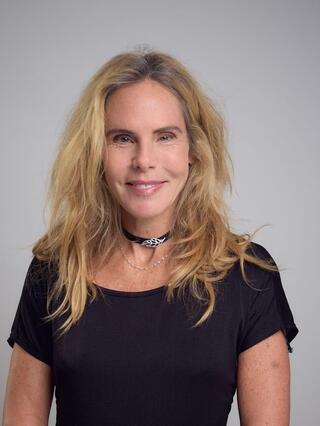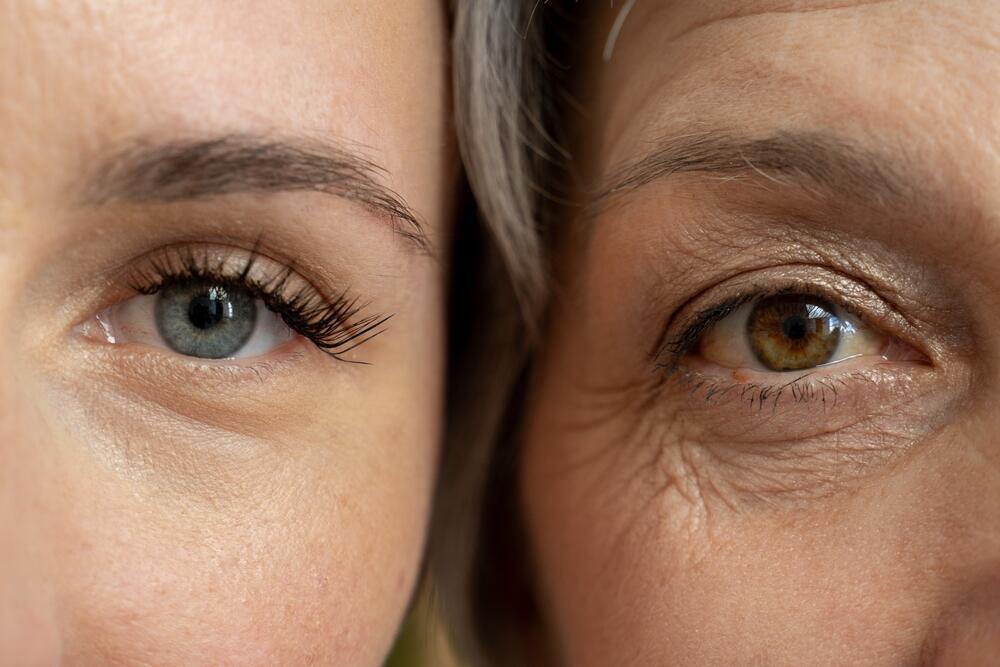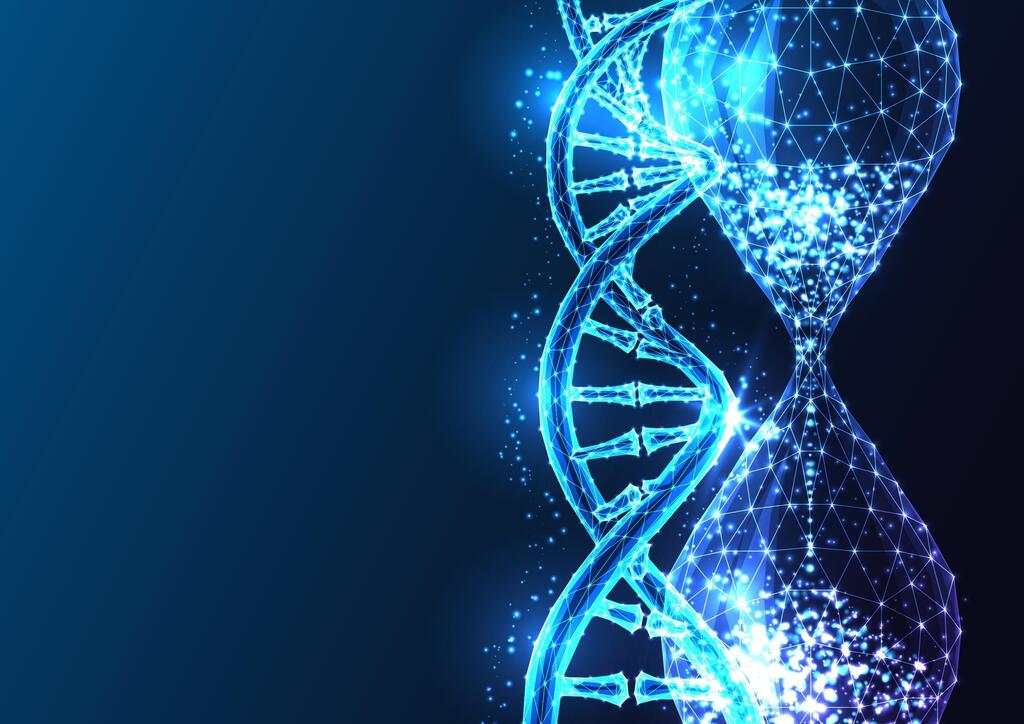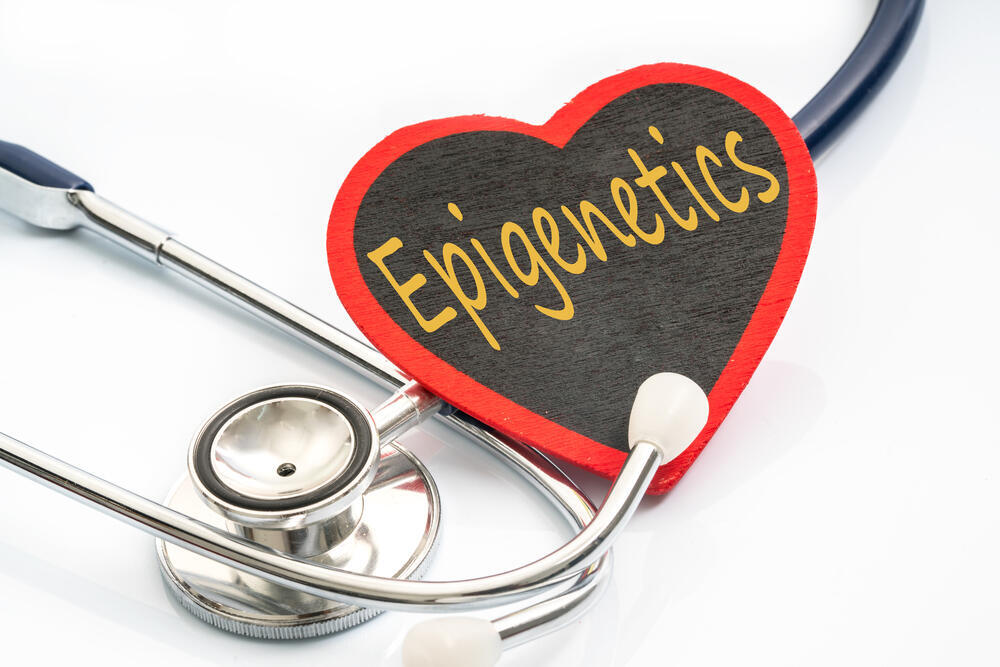Everyone knows their age—it’s printed clearly on an ID card. But what about our biological age? The age that reflects how well our body is truly functioning, and how effectively it’s coping with the passage of time? That’s a very different story.
A new and fascinating study published in Nature Aging suggests that we may be able to measure this invisible age with just a drop of blood. Not only measure it—but predict how long we’ll live, and more importantly, how well we’ll live
Tests to estimate biological age already exist. They evaluate how “old” our body is in contrast to our chronological age. But this latest research—conducted by scientists from France and the Netherlands—offers a powerful new method. By tracing microscopic chemical changes in our DNA, the researchers developed a measurement that can accurately predict a person’s overall functioning—and even their risk of early death.
It’s not how long you live—it’s how well
The field of longevity—living longer, healthier lives—is gaining momentum. Scientists are no longer asking only how long we live, but how well. Among them is Professor Tzipi Strauss, director of the Longevity Center at Sheba Medical Center.
“Today we distinguish between chronological age and biological age,” she explains. “Chronological age is what your birth certificate says. But biological age reflects the true state of your body. And that can be very different.”
Professor Strauss describes two types of people: those who age biologically faster, and those who maintain youthful function well beyond their years. “We call the fast-aging group ‘Accelerated Agers,’ and the slower-aging group ‘Super Agers.’ For example, a 70-year-old who still runs and functions like someone 55. Versus another 70-year-old who can barely move, suffers memory loss, and physically resembles someone aged 90. That’s the difference we’re trying to measure.”
The responsibility is ours
What interests Strauss and her team isn’t just diagnosing biological age—it’s what we do about it. “We try to pinpoint where each person lies on that spectrum. I’m 54, for example—am I functioning like someone 44 or someone 64? That’s the question,” she says. “First, we have to know how to measure it. Then, we can figure out how to influence it.”
The goal, she explains, isn’t necessarily to extend life span, but to extend health span—the number of years we live in good health. “Currently, the gap between life expectancy and healthy years is about nine years. That last decade is often marked by decline—physical, cognitive, emotional. Our aim is to delay that deterioration as much as possible.”
If we once believed it was all in our genes, that idea has since lost ground. Genetics plays a role—but only part of it.
“We now know: you’re born with a genetic blueprint, but that doesn’t seal your fate,” Strauss says. “People tell themselves, ‘My dad died young,’ or ‘My grandfather lived to 100.’ But more powerful than genetics is epigenetics—the switches that turn genes on or off throughout life. Everything we do—what we eat, drink, breathe, how we sleep, how much stress we carry—affects our genes. It doesn’t change the code, but it changes how that code is expressed.”
This process is called methylation. On the DNA strand, there are specific methylation sites—areas that act like locks and keys. “Methylation turns genes on or off, like flipping a switch,” Strauss explains. “Think of each site as a lock, and the methyl groups as keys. Sometimes we want the lock to open—for example, to support muscle strength or cognitive function. Other genes, associated with accelerated aging, we want to keep locked.”
Function as a mirror of aging
In this new study, researchers analyzed data from 1,014 participants aged 20 to 102. They evaluated five domains of physical and mental function: cognition, mobility, sensory ability (hearing and sight), emotional state, and vitality. Together, these indicators were labeled “Intrinsic Capacity”—a term that’s becoming central in modern aging science.
Alongside this, researchers assessed DNA methylation patterns—those subtle chemical signatures that show which genes are active or silenced. They combined these into a new metric called DNAm IC—in simpler terms, an epigenetic clock focused on function.
Results were striking: participants with higher DNAm IC scores had better lung function, faster walking speeds, stronger bones, and a stronger overall sense of health. Just as crucially—they lived, on average, 5.5 years longer than those with lower scores.
“What’s novel here is that the researchers didn’t just analyze DNA,” says Strauss. “They looked at function: how a person moves, thinks, hears, sees, and feels—and then linked that to DNA regions specifically tied to those capabilities.”
Age reversal - "This isn't science fiction anymore"
“We’re doing similar work at Sheba’s Longevity Center—the first hospital-based center of its kind in the world,” Strauss says. “The message is: it’s not just about your genes. Your epigenetic age matters. But your real biological age is defined by what you can do. And that can be changed.”
That, she emphasizes, is the breakthrough. “Biological age can be reversed. If we detect functional decline early enough, we can intervene—and stop the deterioration. That means we’re not just slowing aging—we can actually move the biological clock backward. This isn’t science fiction anymore.”
So how do you actually make your body younger? Strauss says it starts with a personalized, precise approach. “We tailor a care plan based on in-depth testing—bloodwork, DNA analysis, and performance metrics. From there, we design specific interventions for each individual.”
Because each person’s biological decline is different, their plan has to be too. “Some lose muscle mass, others have issues with glucose, cholesterol, hormones, sleep, or cognition. We address each issue directly,” she says. “If someone has muscle loss or osteoporosis, we teach strength-building routines. If they think their workouts are effective—but their body says otherwise—we adjust the program.”
The center also checks for nutritional deficiencies—vitamin D, calcium, magnesium, inflammation markers—and works to correct them. “Inflammation accelerates aging,” Strauss explains. “We also examine oral hygiene, sensory function, memory—all of it matters. The aim is to raise every metric, but in a tailored way.”
 Prof. Tzipi StraussPhoto: Sheba Medical Center
Prof. Tzipi StraussPhoto: Sheba Medical CenterHormonal health plays a role too. “Menopause and andropause are critical turning points,” she says. “For women, we assess hormone balance and may offer therapy. For men, we monitor testosterone, which affects muscle mass, energy, and overall vitality.”
Ultimately, she says, the five pillars studied in the research—mobility, cognition, sensory function, emotional well-being, and vitality—are all areas we can improve. And when we do, the biological age shifts with them.
What once sounded like science fiction is fast becoming reality. So what now? Strauss is confident: we’re only at the beginning. The near future, she says, will fuse lifestyle changes with innovative treatments that work deep within our cells. The next step? Regeneration—the body’s ability to rebuild tissue.
Get the Ynetnews app on your smartphone: Google Play: https://bit.ly/4eJ37pE | Apple App Store: https://bit.ly/3ZL7iNv
“It’s already starting,” she reveals. “We’re involved in cutting-edge studies, including one at Sheba examining the impact of familiar drugs—like metformin, originally developed for diabetes—on biological aging. Because it’s a well-studied and safe drug, it’s now being ‘repurposed’ in new combinations to test if it can slow the aging process.”
“The future is thrilling,” she concludes. “It will include habit changes, breakthrough medications, and a much deeper understanding of how the human body actually works. I believe this combination will give us not just more years—but many more healthy ones.”






